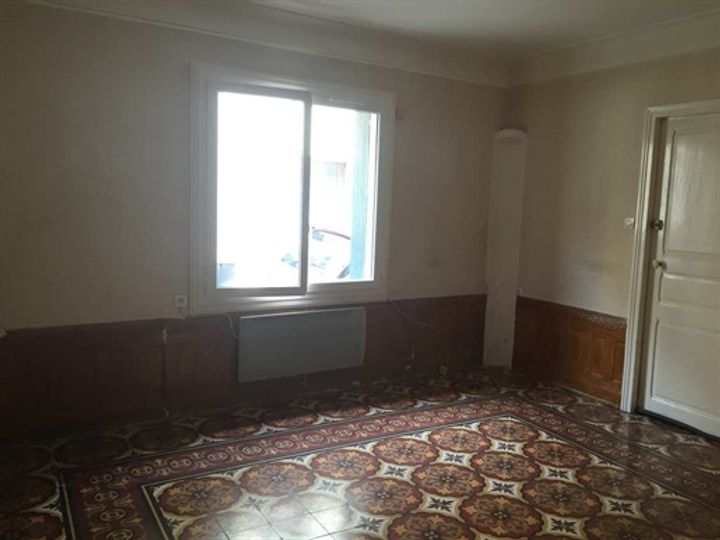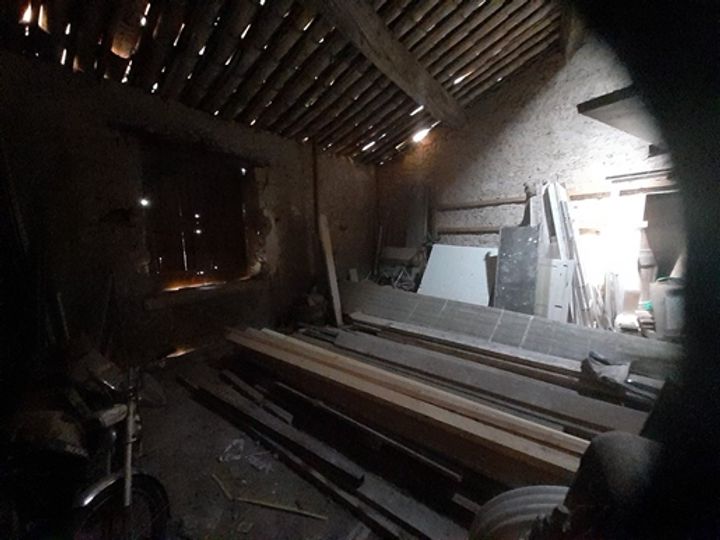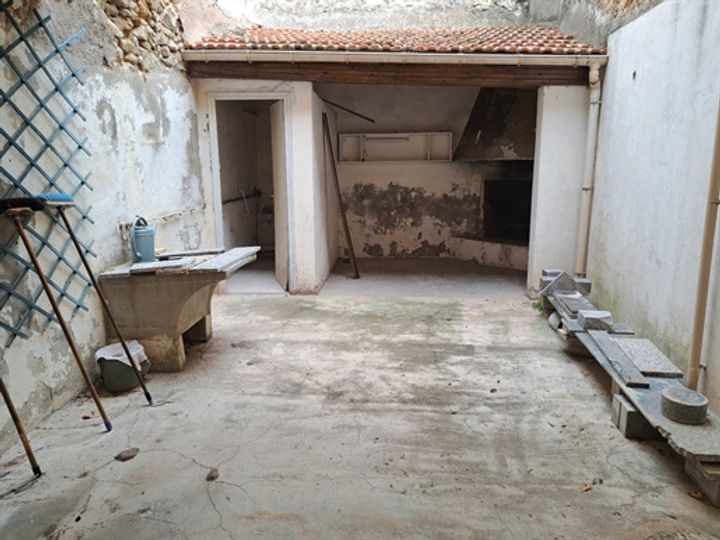Several factors influence real estate prices in Capestang, a picturesque village in the Occitanie region of France. The location itself plays a significant role; properties situated near the Canal du Midi or in the charming historic center tend to command higher prices due to their scenic views and proximity to local amenities. Furthermore, the overall condition and age of the properties can impact valuations, with well-maintained homes or those that have been recently renovated typically fetching higher prices than fixer-uppers. Additionally, the local economy and tourism can affect demand; during peak seasons, short-term rental properties may see price surges due to increased visitor interest. Local infrastructure developments, such as improved transportation links or new shops and restaurants, also contribute to real estate dynamics—properties near such developments may see a rise in value. Lastly, broader economic trends, such as interest rates and housing market conditions across France, can indirectly influence Capestang's real estate prices, making them susceptible to fluctuations in buyer sentiment and investment trends.
Capestang
Location
Price Range
Any price
Price Range
Minimum
No min
Maximum
No max
Property type
Show all
Property type
Show all
House
Apartment
Building
Other
Bedrooms
Any beds
Bedrooms
Minimum
No min
Maximum
No max
Surface Range
Any surface
Surface Range
Minimum
No min
Maximum
No max
Sale type
For sale
Sale type
Show all
To rent
For sale
Location
Apartments and houses for sale in Capestang
5 results
Recent
Capestang insights
| Aspect | Summary |
|---|---|
| Population | Approx. 3,000 residents |
| Average Property Price | €180,000 |
| Rental Yield | 4.5% |
| Average Rent | €800/month |
| Occupancy Rate | 85% |
| Capital Growth Rate | 2.5% annually |
| Property Tax | €800/year |
| Transaction Costs | 7-10% of property price |
| Expected ROI | Around 6-8% |
| Economic Growth Impact | Stable with local tourism and agriculture |
Capestang FAQ
What factors influence real estate prices in Capestang?
How has the real estate market in Capestang changed over the years?
Over the years, the real estate market in Capestang has experienced notable shifts, particularly due to a growing interest in the region from both domestic and international buyers. In the early 2000s, properties in Capestang were largely affordable, with many homes available for under €100,000, often attracting retirees or those looking for vacation homes. As the years progressed, particularly post-2015, there was a significant uptick in demand, driven by the region's charm, affordability compared to larger cities, and favorable climate. This led to an increase in property prices, with some listings now reaching upwards of €300,000 for renovated village houses or vineyard properties. Additionally, the influx of expatriates has resulted in a diversification of the market, with a rise in demand for modern amenities and renovations, prompting a surge in property listings that cater to these preferences. Noteworthy is the trend towards converting older buildings, such as former wineries, into contemporary living spaces, which has further transformed the real estate landscape in Capestang.
What is the average price per square meter for homes in Capestang?
The average price per square meter for homes in Capestang typically ranges from €1,500 to €2,500, depending on factors such as the property’s location within the village and its condition. In the more central areas, where proximity to amenities like shops and restaurants enhances desirability, prices can be on the higher end, often exceeding €2,000 per square meter. Conversely, properties further from the town center, or those needing significant renovation, may be priced closer to €1,500 per square meter. For example, a charming two-bedroom house in the heart of Capestang might list for around €150,000, translating to approximately €2,000 per square meter, while a larger, older farmhouse on the outskirts could be priced at €1,500 per square meter, reflecting both its size and its rural setting.
Are property prices in Capestang higher during certain seasons?
Property prices in Capestang, like many regions in France, can experience fluctuations that align with seasonal trends. During the peak summer months, particularly July and August, demand often surges as tourists flock to the area, leading to a rise in property prices, especially for vacation rentals and second homes. The increased demand can drive prices up as buyers look to capitalize on the popular tourist season. Conversely, prices may stabilize or decline slightly during the winter months when foot traffic reduces significantly, and the market slows down. For instance, properties in the historic center may see a noticeable increase in interest just before the summer, while listings in the more rural outskirts might linger longer on the market during colder months. Additionally, local events such as harvest festivals or the grape-picking season can also influence pricing dynamics as they attract potential buyers and investors.
What types of properties are most expensive in Capestang?
In Capestang, the most expensive properties tend to be those located near the picturesque Canal du Midi, which attracts both tourists and buyers seeking scenic views and a tranquil lifestyle. Historical stone houses with period features, including exposed beams and ornate fireplaces, command higher prices due to their charm and unique architectural style. Villas with private gardens and swimming pools, especially those offering panoramic views of the surrounding vineyards and countryside, are also highly sought after, reflecting a premium for outdoor living space. Additionally, properties that have been recently renovated with modern amenities while maintaining their original character can see elevated price tags, particularly if they are within walking distance of the town center's shops and restaurants. Luxury apartments in newly developed complexes that feature upgraded interiors and easy access to local attractions can also fetch significant prices, appealing to those looking for a stylish lifestyle in a vibrant location.
How does the local economy affect real estate prices in Capestang?
The local economy in Capestang significantly influences real estate prices through various factors, including employment opportunities, tourism, and the agricultural sector. A vibrant local economy boosts demand for housing as residents seek proximity to jobs, particularly in sectors such as winemaking and agriculture, which are prominent in this region. For instance, as businesses expand or new vineyards open, the influx of workers can drive up rental and property prices. Additionally, Capestang's appeal as a tourist destination, with its picturesque landscapes and historical architecture, enhances real estate values, especially for vacation homes and rental properties catering to seasonal visitors. Moreover, the overall economic health, reflected in local income levels and spending power, can either stabilize or inflate property prices, impacting both buyers and investors in the real estate market.
What are the predicted future trends for real estate prices in Capestang?
Predicted future trends for real estate prices in Capestang indicate a steady increase driven by a few key factors. The village's charm, bolstered by its picturesque landscapes and historic architecture, continues to attract both local and foreign buyers seeking vacation homes or retirement options. Recent development projects, such as improvements in infrastructure and amenities, have made the area more appealing, potentially pushing property values higher. For instance, properties in the heart of the village near the Canal du Midi have already seen a valuation uptick of around 10% in the past year, reflecting growing demand. Additionally, the rise of remote work has led to increased interest in rural properties, as people untethered from urban jobs look for affordable homes with a higher quality of life, contributing further to price hikes. Furthermore, with tourism rebounding post-pandemic, short-term rental opportunities are expanding, creating a competitive market for investors, which could also drive up prices in the coming years.






